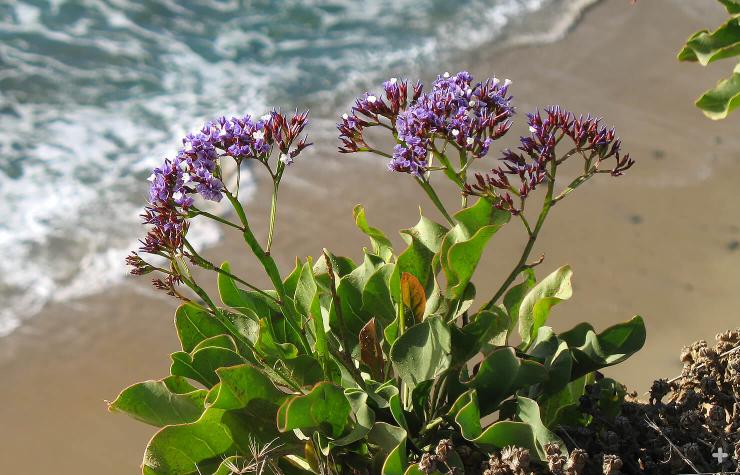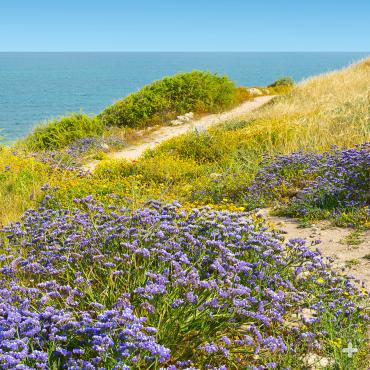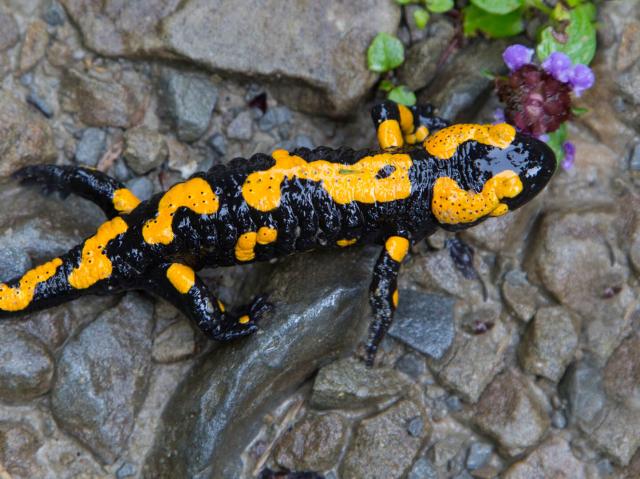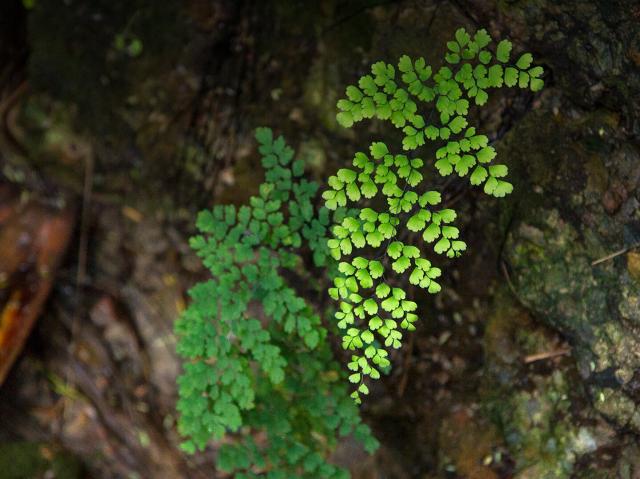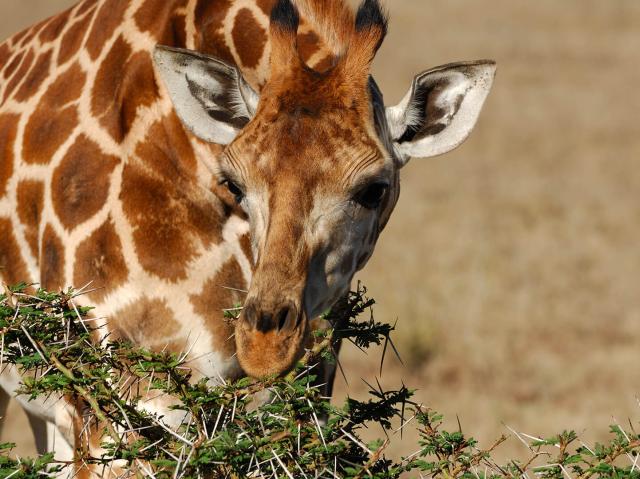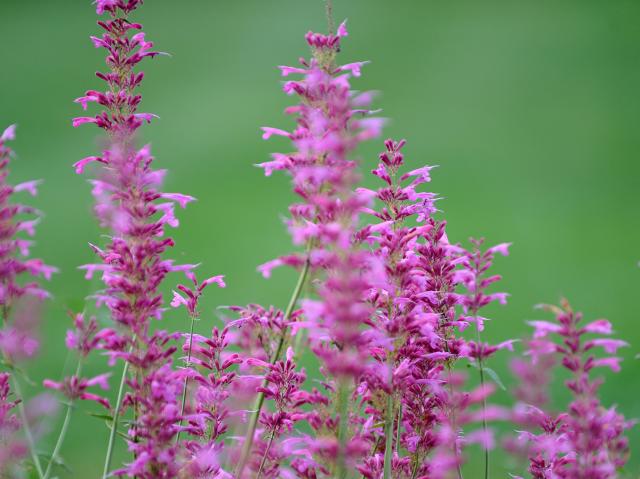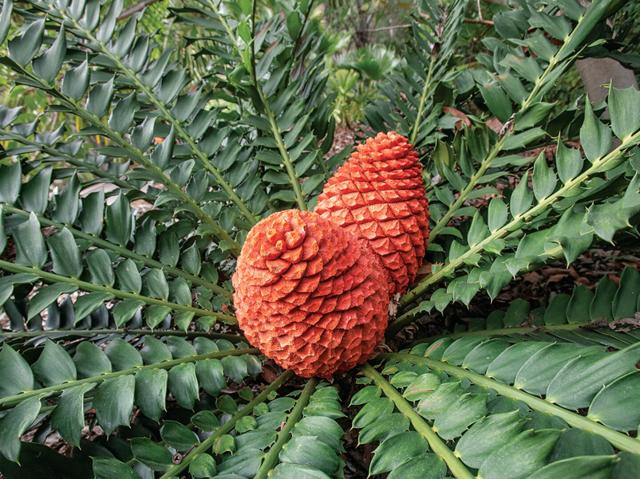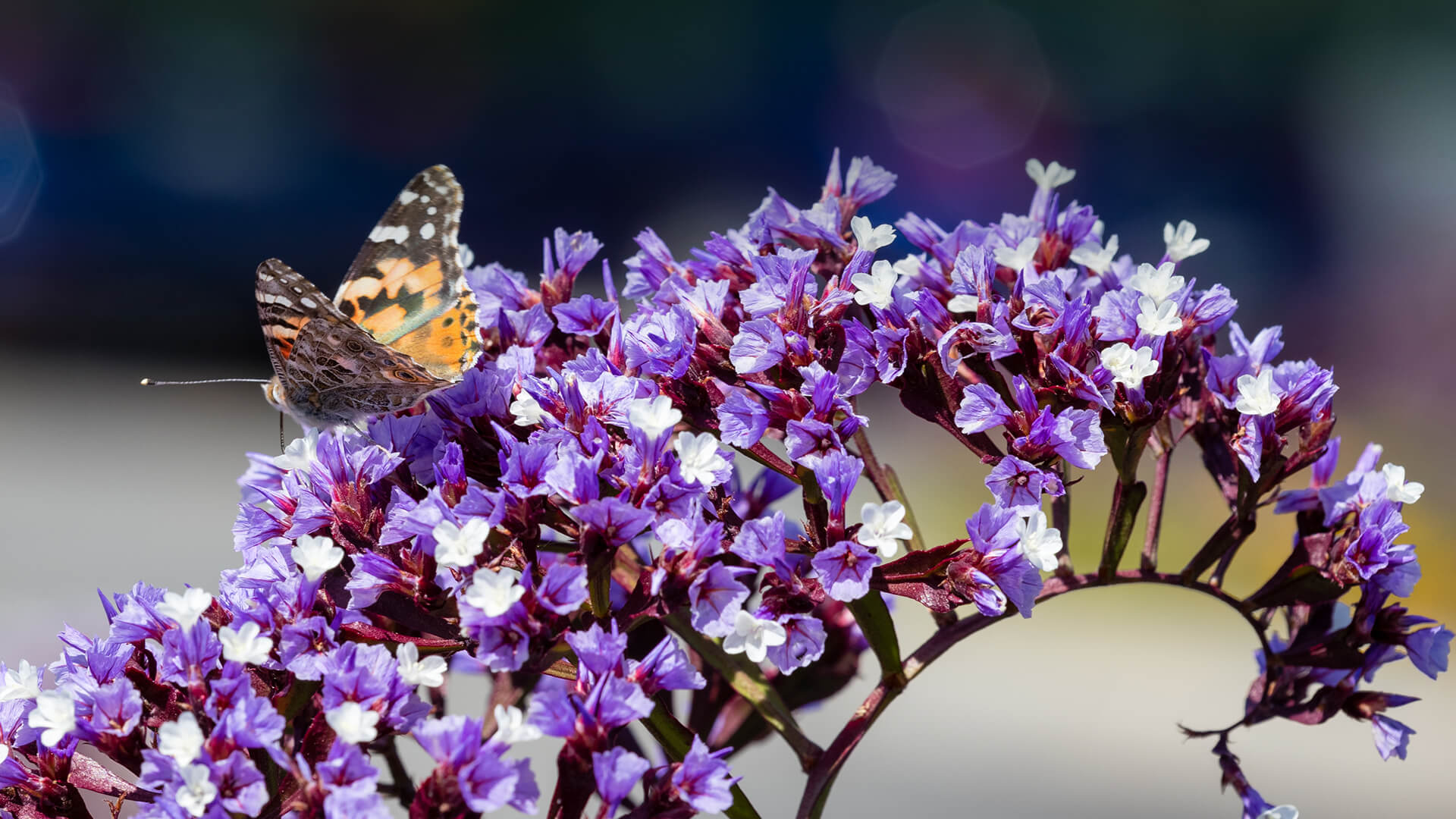
Sea Lavender

- Division: Tracheophyta
- Class: Magnoliopsida
- Order: Caryophyllales
- Family: Plumbaginaceae
- Genus: Limonium

OVERVIEW
Alive or dried? At first, it’s hard to tell with sea lavender blossoms, which maintain their intense color and never wilt. A handful of sea lavenders have become favorites in floral displays of fresh flowers as well as dried flowers. The colorful part of the bloom is actually the calyx—the whorl of sepals (modified leaves) that surround the flower petals, which are typically small and white. Don’t be misled by their delicate-looking blooms, though. Sea lavenders are tough characters! They tend to grow in places other perennials might find too harsh—like saline, alkaline, and calcareous soils; seaside cliffs; marshlands; beaches; and coastal prairies.
Butterflies looking for a plentiful and accessible supply of nectar and a suitable spot to perch flock to sea lavenders, which provide a source of nectar through fall. In bloom, they also attract bees, flies, hummingbirds, and spiders—which use the tall, straight flower stems as supports for their insect-catching webs. Most sea lavenders are native to Europe, the Mediterranean, and Central Asia, although there are North American natives, too.
CHARACTERISTICS
The largest of the sea lavenders grow to about 3 feet (91 centimeters) tall and 2 feet (61 centimeters) wide. The deep green, leathery, oval to round leaves of these herbaceous perennials grow directly from the base, in mound-like clumps about 18 inches (46 centimeters) tall. Depending on the species, leaves are between about 2 and 8 inches (5 to 20 centimeters) long and 1 to 3 inches (3 to 8 centimeters) wide. In some varieties, leaves have wavy margins and long petioles.
From May through December—especially in summer—sprays are profuse even after flowers have died.
CULTIVATION
Sea lavenders are favorites in seaside gardens, cutting gardens, fire-wise gardens, and rock gardens. They look great in massed beds, as a backdrop for taller plants, or in a border at the edge of a garden. Grow yours in full sun to get nearly year-round flowers that look great left on the plant, cut fresh, or dried. This hardy perennial can tolerate heat and salty conditions, but not frost.
A large taproot takes up water from well below the soil surface, so once a sea lavender is established, it is quite drought tolerant and needs only occasional watering. (If planting it in a container, choose a deep one.) It does best with good drainage and thrives in sandy soil. In poorly drained, heavy, wet soils it can develop root rot. Sea lavenders don’t particularly like being dug up or moved. (Thanks to their deep taproot, it isn’t easy, either.) If you do have to transplant, or you want to divide a large plant, avoid disturbing the roots as much as possible.
CONSERVATION
The International Union for Conservation of Nature (IUCN) evaluates the conservation status of wildlife species, with the particular goal of identifying species at risk of extinction. The results are published in the IUCN Red List of Threatened Species. Of 29 sea lavenders assessed by IUCN, 25 are at risk. Nine of them are categorized as Critically Endangered, seven are Endangered, four are Vulnerable, and five are Near Threatened. The main threats to sea lavenders include residential and commercial development, livestock grazing, and farming.
The endangered lavender thrift L. carolinium is a North American native that grows from Canada through Florida and Texas. You’ll find its delicate purple flowers growing from red-tinted stems above its spoon-shaped leaves.
By supporting San Diego Zoo Wildlife Alliance, you are our ally in saving and protecting wildlife worldwide.
NATIVES
Three sea lavenders are native to North America:
- California sea lavender L. californicum
Native to the Pacific coast from Oregon to Baja California, Mexico. - Lavender thrift L. carolinium
An endangered species native to the East Coast of North America from Canada through Florida and Texas. - Trans-Pecos sea lavender L. limbatum
Native to the American Southwest, from Arizona to Texas and Oklahoma
INVADERS
Eight sea lavenders are invasive species in North America.
SHOWY
One of the showiest sea lavenders is Perez’s sea lavender L. perezii. Florists are fond of its air-dried flowers for arrangements. It originated in the Canary Islands, an autonomous community of Spain located off the coast of Morocco.
FAMILIAR
Other sea lavenders familiar in the nursery trade include L. gerberi and wavyleaf sea lavender L. sinuatum, both native to Europe; and Mediterranean sea lavender L. vulgare, which ranges from Europe into North Africa.
DRIED FLOWERS
Sea lavender flowers—actually the colorful calyces—retain their shape and color when dried, making them a popular favorite to use in dried flower arrangements. Hang stems upside down to dry.
ALL IN THE FAMILY
The sea lavender family, Plumbaginaceae, also includes another popular landscaping plant, the plumbago.
BY ANY OTHER NAME
Various kinds of sea lavender are also known as statice, caspia, lavender thrift, everlasting flower, and marsh rosemary. Don’t be fooled by the common names; the plant isn’t related to either lavender or rosemary.


